Jan 19, 2022
‘World first’ vegan violin created using berries and pears in Malvern
Posted by Shubham Ghosh Roy in category: media & arts
Wild berries, steamed pear and local spring water have been used to create the instrument.
Wild berries, steamed pear and local spring water have been used to create the instrument.
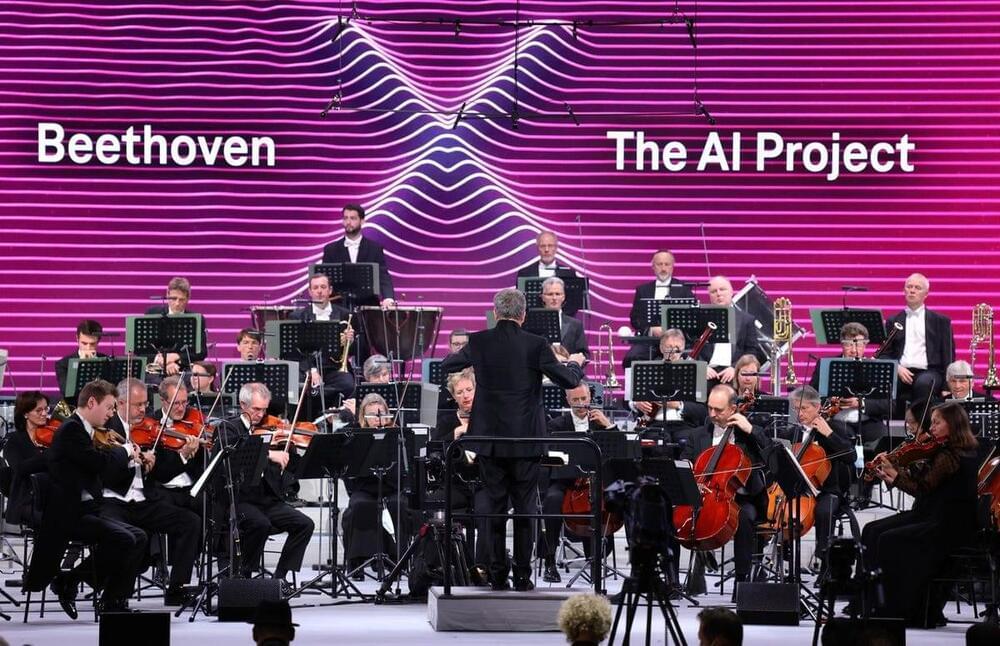
Musicians have been experimenting with artificial intelligence for a few years now. For example, in 2019, an AI trained on Schubert’s music completed his Unfinished Symphony and last October the Beethoven Orchestra in Bonn performed an AI-generated version of Beethoven’s last symphony.
But what are the limits of AI music? Can an AI really be considered creative? And is it possible for an AI to improvise with musicians live on stage?
Continue reading “Research Project Will Study How AI Can Be Used In Creative Collaboration” »
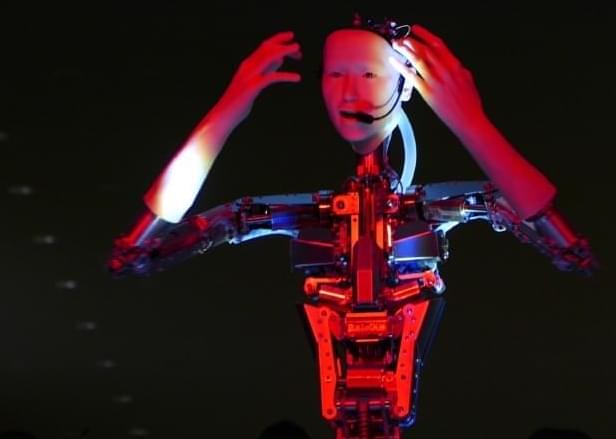
Circa 2019
On February 28, at “New National Theater” in Tokyo, Professor Hiroshi Ishiguro of Osaka University announced the new model of the android “Alter” 「オルタ3」. The robot performed a fragment of the “Scary Beauty” android opera by Keiichiro Shibuya.
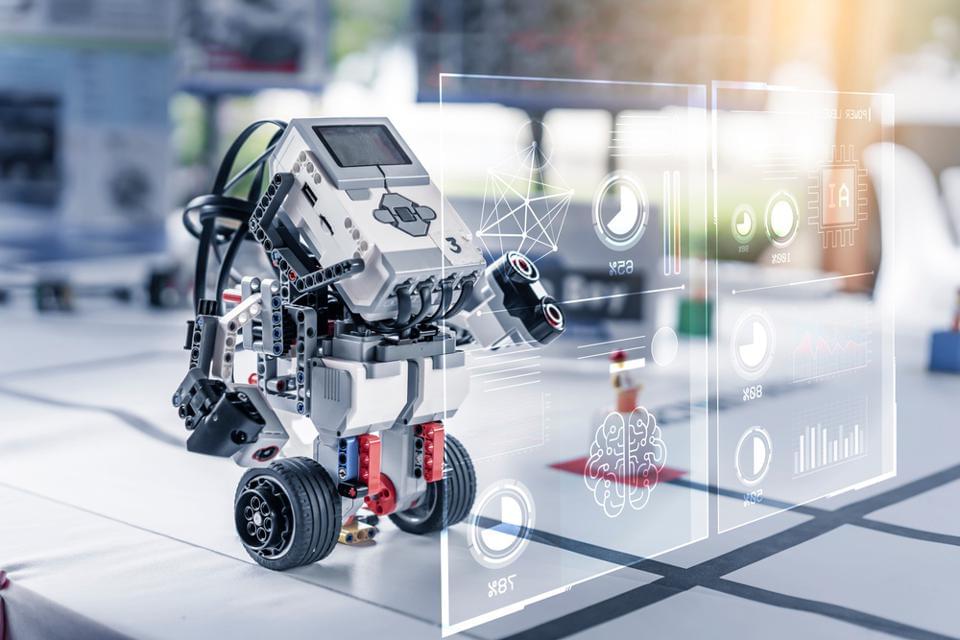
An evolution of its 2018 ‘Valkyrie’ hypersonic airliner concept.
If you work out of an office, you know that the coffee machine is the favorite spot in the office to hang out or have conversations at. From giving us the first cup of the day to keeping us awake for late-night meetings, that machine is a lifesaver. But just for a day, try not getting your coffee from the coffee machine. Don’t skip coffee entirely, but instead, go out to your local coffee shop that doesn’t use coffee machines or make yourself a flask at home. You will realize that hand-made coffee is inherently better than the one that is made from a machine. Not just making coffee, but highly creative jobs–like designing an outfit or writing a book–are considered best left to human creators. Many do not think that machines could emulate them. But with the takeover of artificial intelligence, this belief is steadily being challenged. Creativity and AI are together transforming many spaces that were traditionally reserved for the “artists.” In this article, we’ll be exploring these spaces and how AI is making a significant impact on them.
By Sieglinde Pfaendler, Omar Costa Hamido, Eduardo Reck Miranda
Science and the arts have increasingly inspired each other. In the 20th century, this has led to new innovations in music composition, new musical instruments, and changes to the way that the music industry does business to day. In turn, art has helped scientists think in new ways, and make advances of their own.
An emerging community leveraging quantum computing in music and the music industry has inspired us to organize the “1st International Symposium on Quantum Computing and Musical Creativity.” This symposium will bring together pioneering individuals from academia, industry, and music. They will present research, new works, share ideas, and learn new tools for incorporating quantum computation into music and the music industry. This symposium was made possible through the funding of the QuTune Project kindly provided by the United Kingdom National Quantum Technologies Programme’s Quantum Computing and Simulation Hub (QCS Hub).
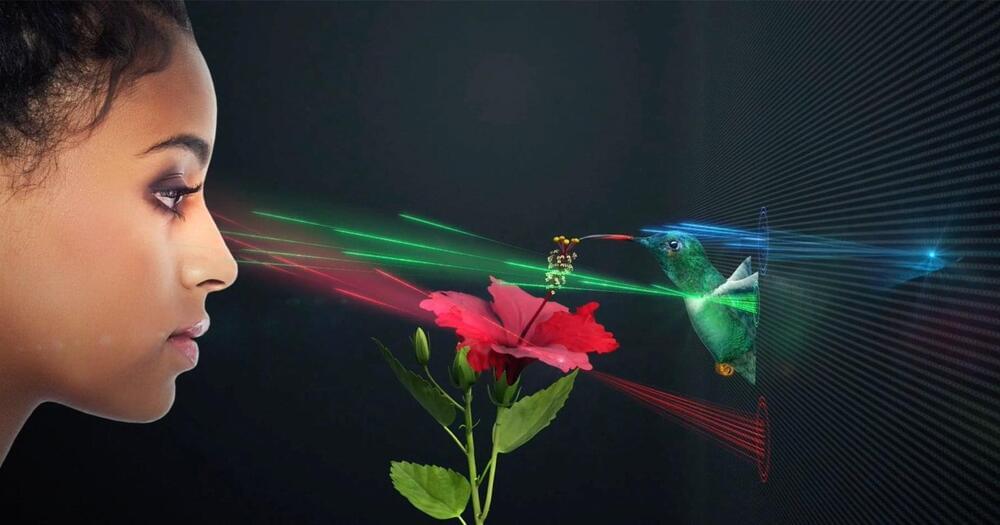
Real holograms?
Science fiction has repeatedly promised a future filled with holographic 3D displays, but that fantasy has always eluded reality — until now. A startup says it has created a new “solid light” display that renders photos and videos in three dimensions.
Continue reading “New ‘Solid Light’ 3D Holographic Display Can Give Photos Depth” »
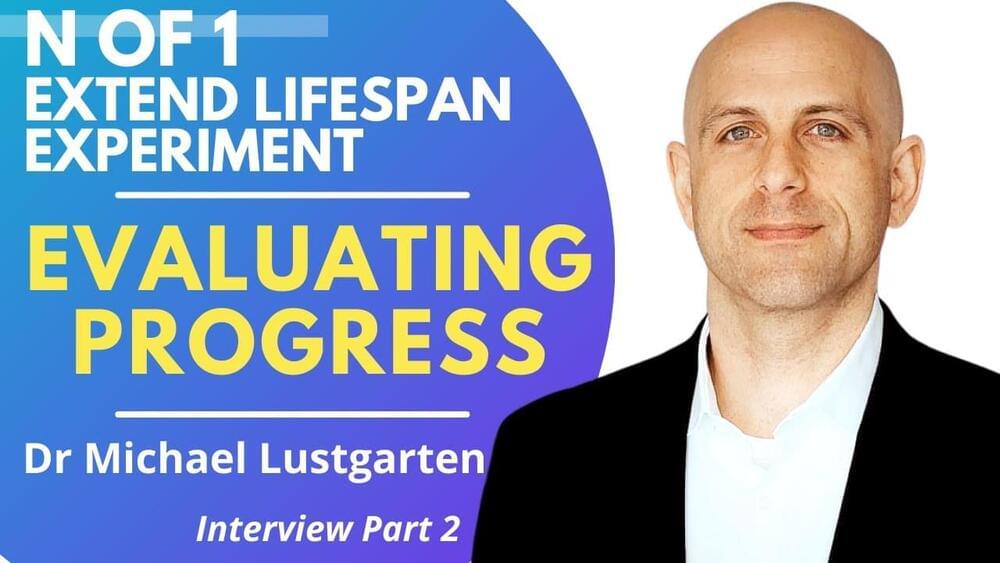
Part 2
In this video Dr. Lustgarten goes into more detail on what he tracks and how he does the analysis of the results. He emphasizes the importance of running your own tests, to not only look at one biomarker but to then combine that marker with other biomarkers, looking for what is optimal for you.
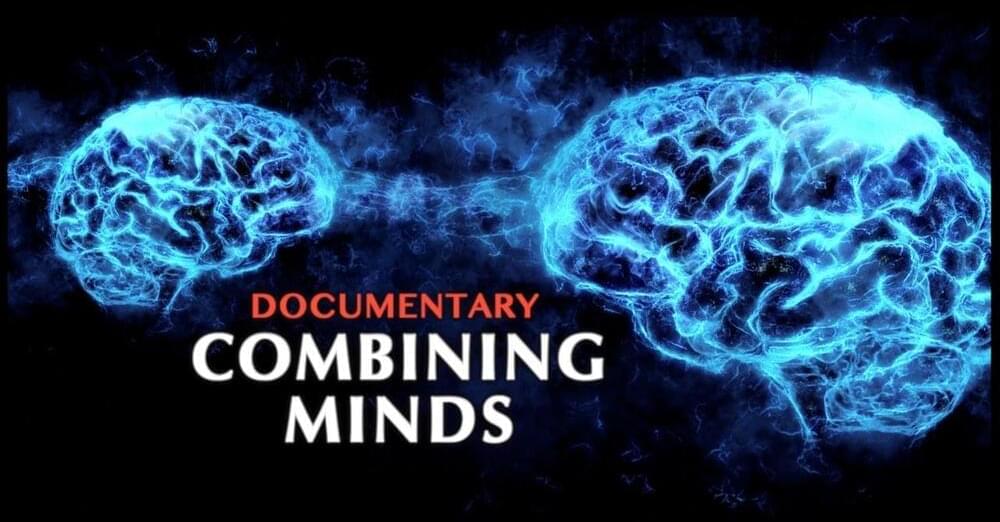
One of the reasons branching identity is being accepted more seriously these days.
Beginning in the 1950s, experiments with split-brain patients revealed that consciousness could be divided between the two hemispheres of the brain. A surprising implication was that if consciousness could be divided, then it could also be combined. Evidence of this came in 2006, when conjoined twins Krista and Tatiana Hogan were born. The Hogan sisters were born with their brains connected by a thalamic bridge, which allowed a unique mental connection between them. We explore this surprising mental connection, and the possibility that we may one day connect our own minds with other conscious beings, together with what this might mean for our concept of self, identity, and the future of mind.
Continue reading “Split-Brains, Consciousness and Combining Minds | Waking Cosmos Documentary” »
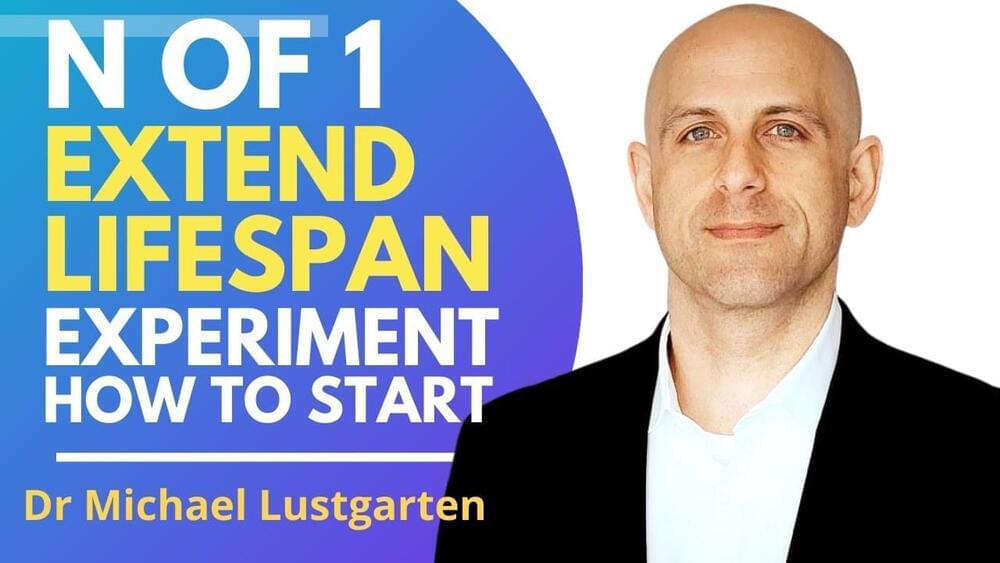
In this video Dr. Lustgarten introduces his N of 1 experiment and gives an overview of the processes that he follows. He also discusses why he thinks it is important to track your own markers and not just rely on published trials.
Dr. Michael Lustgarten is a scientist at the Tufts University Human Nutrition Research Center on Aging in Boston, Massachusetts. His research currently focuses on the role of the gut microbiome and serum metabolome on muscle mass and function in older adults.
In this series of interviews Dr Lustgarten shares his experience with his rigorous n of 1 experiment over the last 7 years and shows how we or anyone can conduct a similar trial by tracking food, exercise and sleep, measure results and derive relationships between them, with a goal of extending our healthspan.
Daniel Ek, CEO of popular commercial music streaming platform Spotify, invests over $133 million in artificial intelligence-powered defense technology startup Helsing. Daniel made the investment through his funding company named Prima Materia during the Series A funding round of Helsing.
Additionally, Daniel Ek will join Helsing’s board of directors as a part of the investment. Helsing plans to use the newly raised funds to integrate artificial intelligence technology in military equipment and weapons to expand their capabilities.
According to the company, the developed AI-powered equipment will first be made available to French, German, and British militaries. Helsing aims to provide an information advantage to armies of democratic countries with the use of artificial intelligence.
